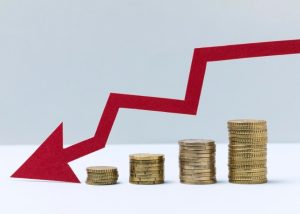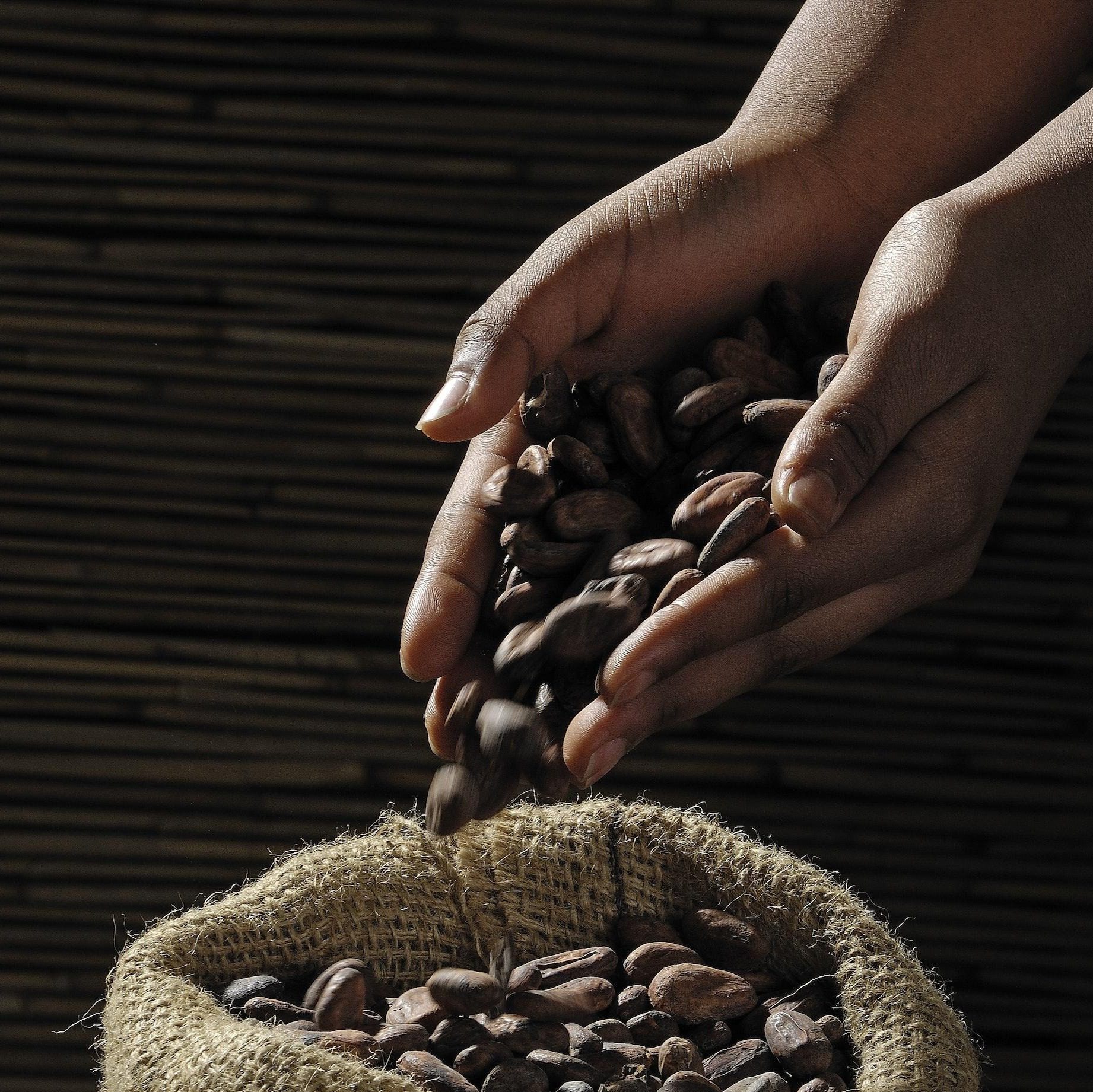STERLING DROPS AHEAD OF BANK OF ENGLAND RATE DECISION
Sterling fell against the dollar on Thursday, on track for its biggest daily drop in about a month, as investors awaited the outcome of the Bank of England’s meeting, at which the central bank is widely expected to cut interest rates. Markets are pricing in a 94% chance the BoE will cut rates by 25 basis points to 4.5% on Thursday, after which investors do not see a second easing until June. The Bank will also publish its latest projections for the economy. The pound was trading 0.74% lower against the greenback at $1.2414, breaking a three-day rising streak, after having touched a four-week high at $1.255 the day before. It looked set for its biggest one-day drop against the dollar since January 10. Sterling edged down 0.3% against the euro ahead of the BoE’s decision, with one euro at 83.45 pence. The single currency was on track for its biggest rise against the pound since January 14. Investors worry about a stagnating British economy, but domestic price pressures remain hot, limiting the central bank’s scope to act. “While the Monetary Policy Committee may wish to ease more rapidly, sticky inflation doesn’t permit them to do so yet, and will likely also prevent any kind of dovish pivot at this stage,” said Michael Brown, senior research strategist at Pepperstone.

US DOLLAR RISES ON MIXED JOBS REPORT, TRADE WAR THREAT
The dollar rose in choppy trading on Friday after data showed that U.S. job growth slowed in January but that the unemployment rate edged down to 4.0%, giving the U.S. Federal Reserve cover to hold off cutting interest rates until at least June. The U.S. currency was also boosted by comments from President Donald Trump that he plans to announce reciprocal tariffs on many countries next week, without specifying which countries. The dollar index , which measures the U.S. currency against the yen, sterling and other peers, was last up 0.353% at 108.04. It was on track for a weekly fall after investor fears about a global trade war receded. Nonfarm payrolls increased by 143,000 jobs last month after rising by an upwardly revised 307,000 in December, the Labor Department’s Bureau of Labor Statistics said in its closely watched employment report. Economists had expected the survey to show 170,000 jobs added. “We don’t really have a trend in nonfarm payrolls,” said Joseph Trevisani, senior analyst at FX Street. “We don’t have a declining trend, and we don’t really have a strengthening trend.
POUND SLIDES ON BOE RATE CUT AS INVESTORS FRET ABOUT ‘STAGFLATION’
Investors grappled with a gloomy set of Bank of England forecasts on Thursday that complicate the outlook for UK assets, with sterling set for its biggest one-day fall in four weeks even as bond yields held broadly steady. The BoE lowered rates to 4.5% and halved its growth forecast for this year to 0.75%. But it said inflation would rise “quite sharply” to peak at 3.7% this year, well above a previous estimate. “With growth under threat and inflation remaining higher than hoped, that provides a combination that is likely to see the word ‘stagflation’ being bandied around,” said Premier Miton Investors CIO Neil Birrell. BoE Governor Andrew Bailey rejected the idea that Britain was experiencing a period of “stagflation”, a term coined to describe a combination of high inflation and weak economic growth, saying underlying inflation remained on a downward path. Yet the reaction in financial markets hinted at concerns about a more sombre picture. Sterling was already on the back foot and extended falls to trade about 0.8% lower at $1.241. It was heading for its largest daily fall since January 10 and was down from Wednesday’s four-week high. Investors added to rate-cut bets and expect roughly 66 bps of further easing this year, from around 60 bps before the decision.

CANADIAN DOLLAR POSTS BIGGEST WEEKLY GAIN IN 23 MONTHS
The Canadian dollar strengthened against its U.S. counterpart on Friday, adding to its weekly gain, as stronger-than-expected domestic jobs data kept expectations in check for another Bank of Canada interest rate cut in March. The loonie was trading 0.1% higher at 1.4288 per U.S. dollar, or 69.99 U.S. cents, after moving in a range of 1.4274 to 1.4345. For the week, the currency was up 1.7%, its biggest weekly advance since March 2023, after Canada escaped the immediate implementation of U.S. trade tariffs. Canada’s economy added 76,000 jobs in January, eclipsing expectations for a gain of 25,000, and the unemployment rate unexpectedly dipped to 6.6%. “On paper, this lowers the odds of the Bank of Canada cutting interest rates again at its March meeting,” Thomas Ryan, North America economist at Capital Economics, said in a note. “But, with tariffs still scheduled to take effect next month, we remain of the view the Bank will err on the dovish side of caution and reduce the policy rate by a further 25 bp (basis points).” Investors see a 62% chance the Canadian central bank will ease in March, down from 64% before the data. BoC Governor Tiff Macklem said on Thursday that the threat of tariffs is already affecting business and household confidence.

DOLLAR RISES ON TRUMP TARIFF THREATS, EURO STAYS NEAR 2-YEAR LOW
The dollar firmed on Monday as fresh threats of tariffs from U.S. President Donald Trump dented risk sentiment, casting a shadow over commodities markets and putting pressure on the euro and the Australian and Canadian dollars. Trump said he will announce new 25% tariffs on all steel and aluminium imports into the U.S. later on Monday, as well as reciprocal tariffs on Tuesday or Wednesday that will be applied to all countries and matching the tariff rates levied by each nation. The latest salvo adds to jitters over a global trade war, with China’s retaliatory duties on U.S. goods due to take effect on Monday. Market moves were muted on Monday, with investors still hesitant in placing major bets. Trump last week kicked off a trade war, first by imposing tariffs on Mexico and Canada and then pausing them, but sticking with duties on Chinese goods. That led to a measured tit-for-tat response from Beijing suggesting some room for negotiations. “It is unclear if Trump’s latest steel and aluminium tariffs is a negotiation strategy which he may dial down on later,” said Vasu Menon, managing director for investment strategy at OCBC. “Markets will be on edge and volatile with the escalating trade war and investors need to tread with caution for now and brace for possibly more market turbulence.”
- CAPITALDIGEST MARKET REVIEW , 03/11/2025November 3, 2025
- CAPITALDIGEST DAILY NEWS, 03/11/2025November 3, 2025
- CAPITALDIGEST MARKET REVIEW, 22/09/2025September 22, 2025
Enter your email address for receiving valuable newsletters.
- CAPITALDIGEST DAILY NEWS, 03/11/2025NNPCL WEIGHS OVERHAUL, REPURPOSING OPTIONS FOR REFINERIES The Nigerian National Petroleum Company Limited has said...November 3, 2025
- CAPITALDIGEST MARKET REVIEW, 22/09/2025STERLING RISES AGAINST DOLLAR ON FED-BOE POLICY DIVERGENCE Sterling gained against the dollar on Tuesday,...September 22, 2025
- CAPITALDIGEST DAILY NEWS, 22/09/2025OIL REFORMS DRIVE $18.2BN DEALS – FG Nigeria’s oil and gas sector is experiencing a...September 22, 2025












